Mehndi, or henna, is more than just a decorative art form in Indian Henna ; it is a cherished tradition that symbolizes joy, beauty, aesthetic and celebration. Traditional Intricate henna designs are often applied during weddings, festivals, and special occasions, captivating hearts with their elegance and artistry.
From traditional motifs featuring peacocks, paisleys, and floral patterns to contemporary styles incorporating geometric shapes and minimalistic designs, Indian mehndi is a reflection of cultural heritage and personal expression. The rich, deep hues of Indian henna Design against the skin create a stunning contrast, making each design unique to the individual.
Top 10 Stunning Indian Mehndi Designs
1. Indian Tikki Henna Design
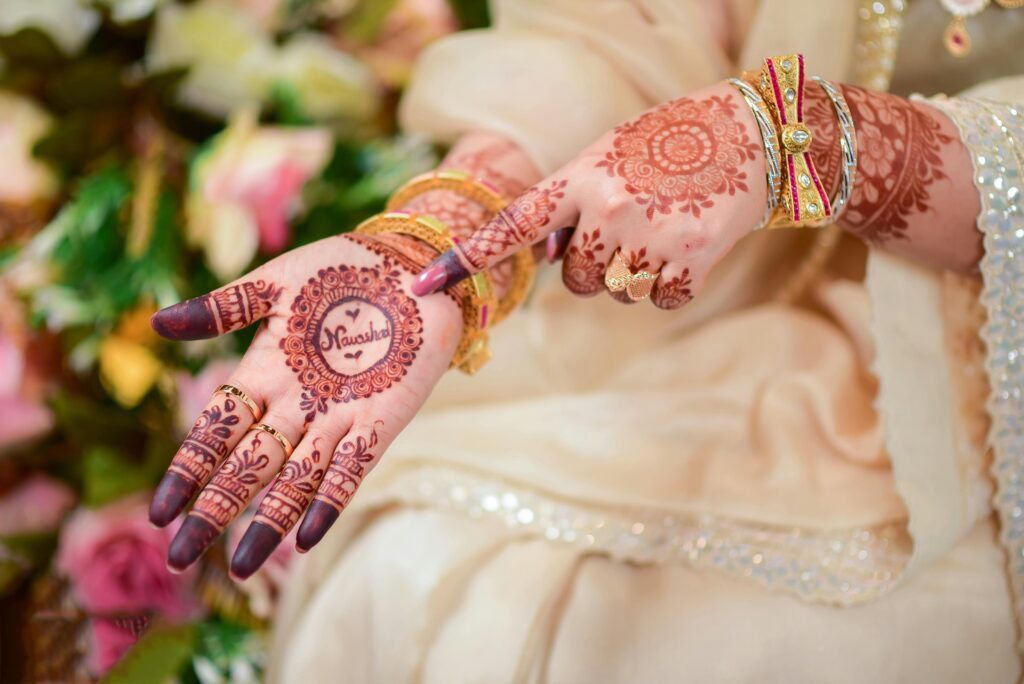
Image From Pexels.com
2. Single Hand Teej Henna Designs
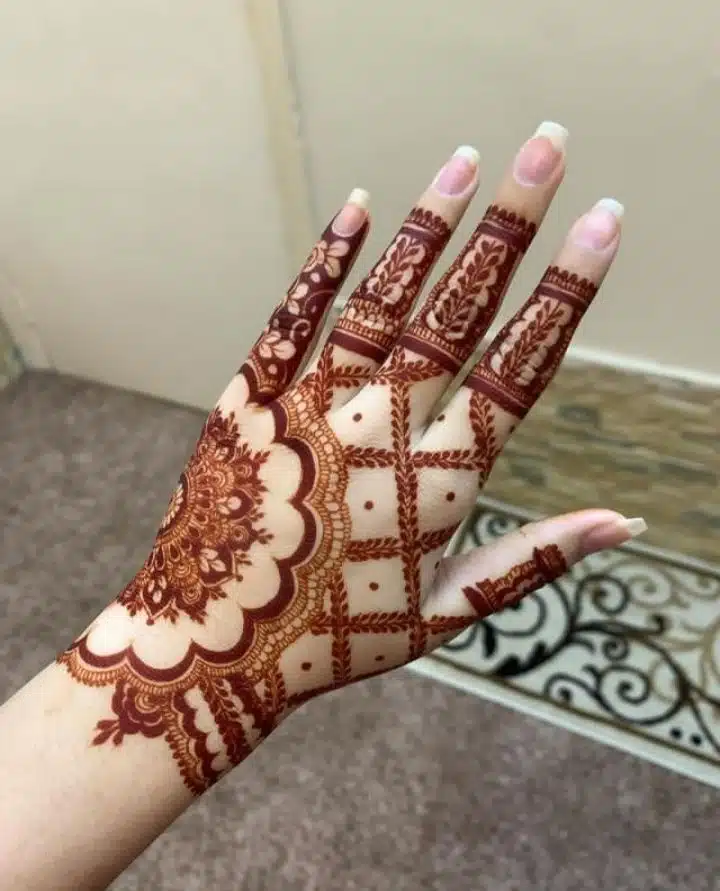
Image From Pinterest.com
3. Both Hands Teej Henna Designs
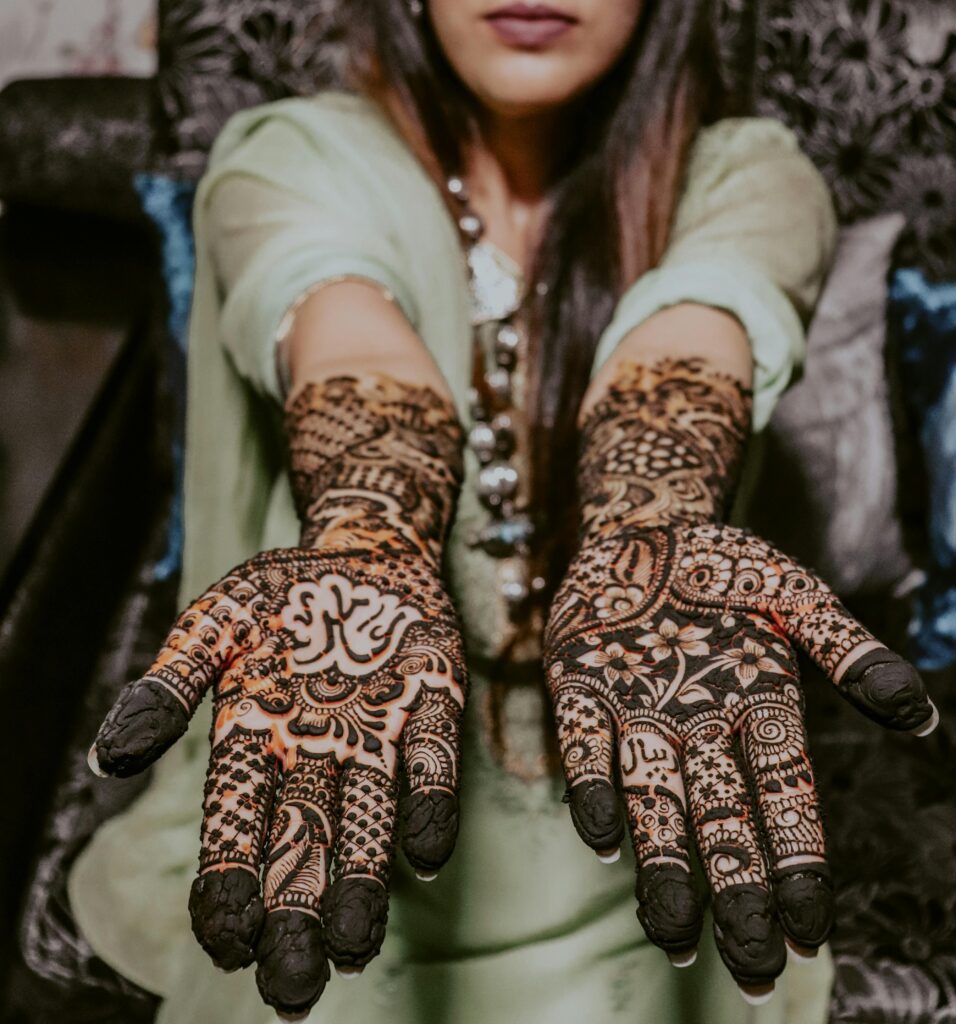
Image From Pexels.com
4. Full Arm Teej Henna Designs
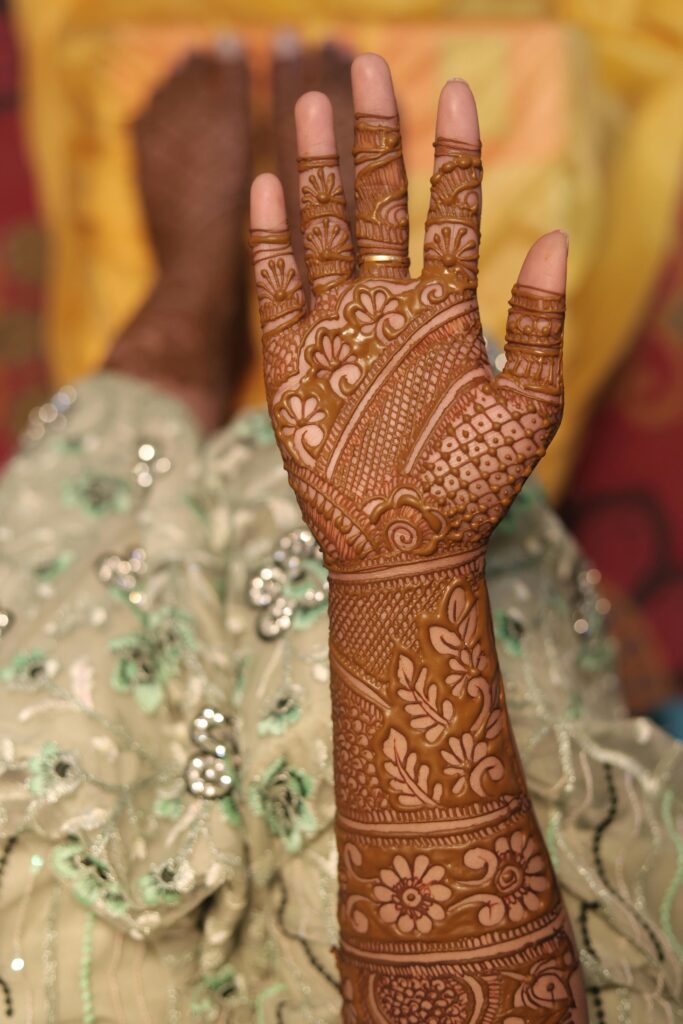
Image From Pexels.com
5. Feet Teej Henna Designs

Inage From Pexels.com
6) Indian Finger Mehndi Design
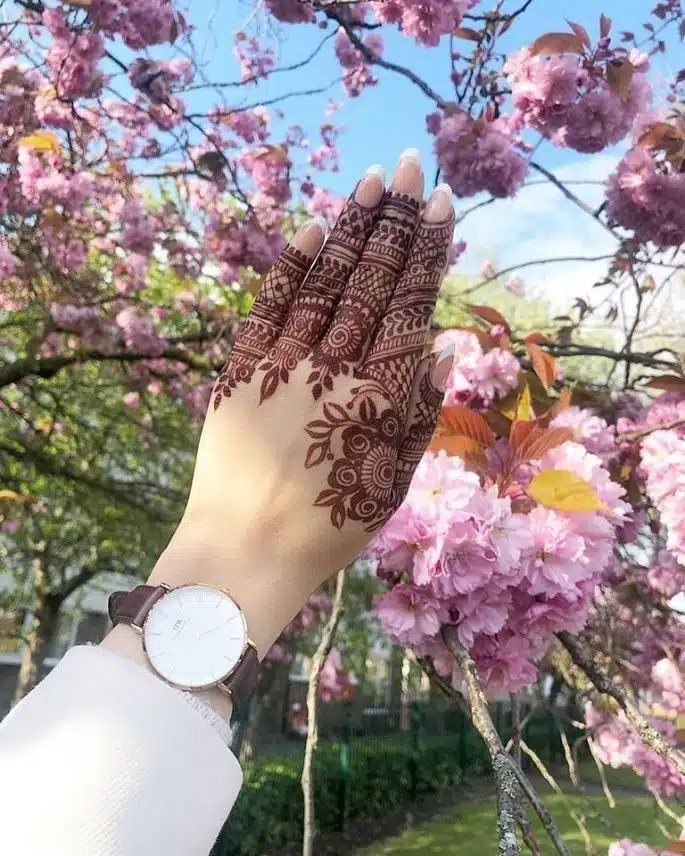
Image From Pinterest.com
7) Hand and Wrist Teej Mehndi Designs

Image From pexels.com
8) Bridal Indian Mehndi Designs
9)Peacock and Floral Fusion Designs
10) Modern Minimalist Indian Mehndi Designs
While traditional mehndi is intricate, modern minimalist designs are trending among younger women. Small mandalas, simple vines, and tiny geometric shapes on the fingers or wrist create a chic yet cultural look. Minimalist designs prove that Indian mehndi can be both traditional and stylish, making them perfect for casual functions or everyday wear.
Final Thoughts
FAQ's
Which mehndi is best in india ?
In India, Rajasthani Mehndi is famous for detailed and traditional bridal patterns. At the same time, Arabic Mehndi is loved for its bold, stylish, and easy-to-apply designs.
Who is indian's no .1 mehndi artist ?
Veena Nagda is often called India’s No. 1 Mehndi artist, famous for her stunning bridal designs and work with Bollywood celebrities.
Where mehndi is most popular ?
Mehndi is most popular in South Asia—especially India, Pakistan, and Bangladesh—and also widely loved in the Middle East and North Africa for weddings and festivals.
